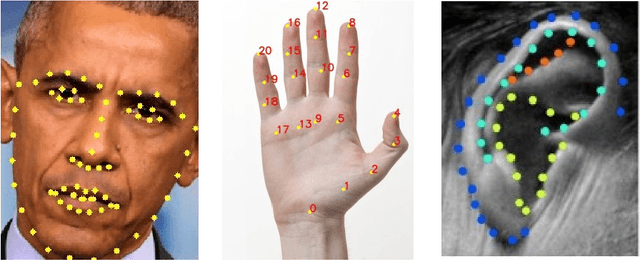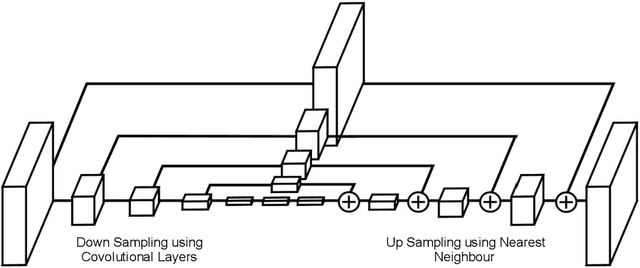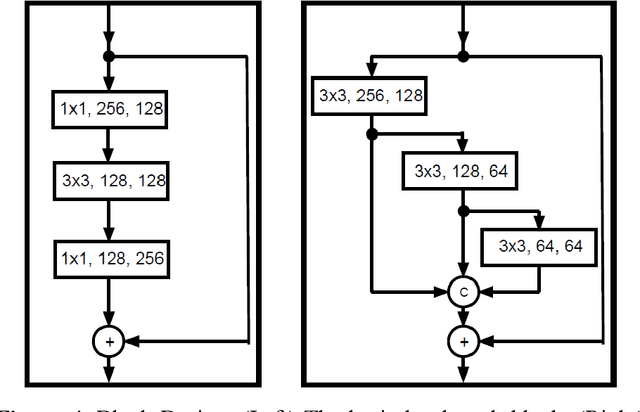Atypical Facial Landmark Localisation with Stacked Hourglass Networks: A Study on 3D Facial Modelling for Medical Diagnosis
Paper and Code
Sep 05, 2019



While facial biometrics has been widely used for identification purpose, it has recently been researched as medical biometrics for a range of diseases. In this chapter, we investigate the facial landmark detection for atypical 3D facial modelling in facial palsy cases, while potentially such modelling can assist the medical diagnosis using atypical facial features. In our work, a study of landmarks localisation methods such as stacked hourglass networks is conducted and evaluated to ascertain their accuracy when presented with unseen atypical faces. The evaluation highlights that the state-of-the-art stacked hourglass architecture outperforms other traditional methods.
* Deep Biometrics, Springer Book, 2019 * In press, 2019
 Add to Chrome
Add to Chrome Add to Firefox
Add to Firefox Add to Edge
Add to Edge